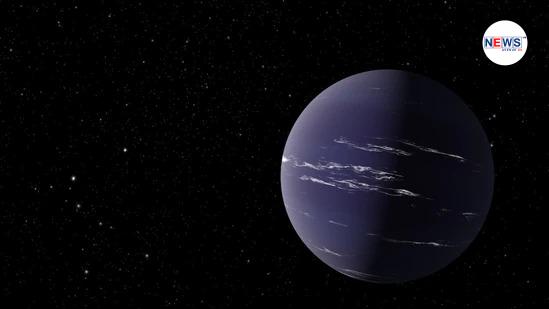
Nasa said that the newly-discovered exoplanet, TOI-1231 b, is more than three and a half times as big as Earth, calling it “oddly reminiscent” of Neptune.
Astronomers have discovered an exoplanet located 90 light-years away from Earth with a potentially rich atmosphere that may contain water clouds. Nasa said that the newly discovered exoplanet is more than three-and-a half times as big as Earth, calling it “oddly reminiscent” of Neptune. The exoplanet named TOI-1231 b orbits a red-dwarf star that, according to Nasa, is “smaller but longer-lived” than the Sun.
The exoplanet revolves once around the star in a year that is 24 days long. Despite the proximity to the star, TOI-1231 b is relatively cool because the red-dwarf star is also on the cooler side. Nasa said that the exoplanet could offer scientists the chance to capture a “bar-code” type reading of the atmosphere of a temperate planet orbiting another star.
“This will allow comparisons with similar worlds elsewhere in the galaxy, bringing potentially deep insights into the composition and formation of exoplanets and planetary systems, including our own,” Nasa’s exoplanet exploration program said in a statement.
Nasa said that the scientists might see evidence of clouds, perhaps even made of water, in the exoplanet’s atmosphere. This star-and-planet system is moving at a high velocity away from Earth, the hydrogen atoms from the atmosphere of TOI-1231 b could also be detected, which means the planet could turn out to have a ‘tail’.
While such atoms are almost impossible to detect due to its masking by the outer wisps of Earth’s atmosphere and by interstellar gas, Nasa said that the TOI-1231 system is moving so quickly that hydrogen atoms escaping from the exoplanet are “shifted out of phase with the blocking material, where they could be detected by telescopes like Hubble.”
An international team of astronomers, led by Dr Jennifer Burt, an exoplanet researcher at NASA’s Jet Propulsion Laboratory in Southern California, and Professor Diana Dragomir, an exoplanet researcher at the University of New Mexico, announced the discovery of TOI-1231 b in a new paper.
News Source : Hindustand Times





